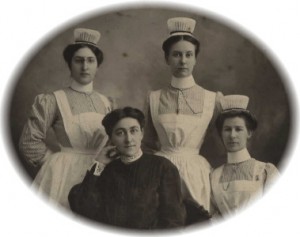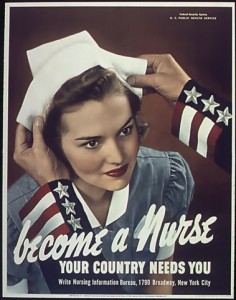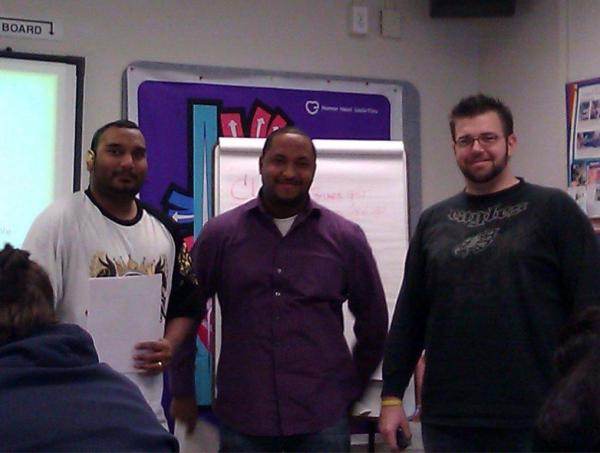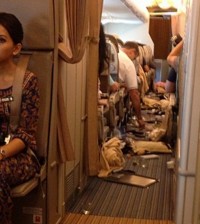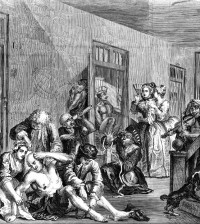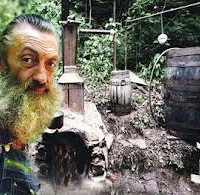- Two Thanksgiving Thoughts for the ACAPosted 10 years ago
- Shop til you Drop at the Healthcare Marketplace Part 2: Frustration!Posted 10 years ago
- An Early Casualty in the Affordable Care FightPosted 10 years ago
- Some Good News for a ChangePosted 10 years ago
Nursing and the Health Care Crisis
No aspect of the American Health Care Delivery System has been more impacted than the nursing profession. In the past 25 years, radical changes have occurred that have both transformed the profession and created a significant shortage of trained RN’s. Many estimates run to a shortage of over 250,000 nurses in 2012. What trends are behind this? Why is this topic important to reform?
1. Nursing traditionally is a female dominated profession. Male nurses were few and under-respected. Doctors before 1950 were predominantly male. In the past sixty years, medical schools have moved close to a gender balance in their graduating classes. Women who once may have become nurses are instead going to medical school. Parity is no nearer for the nursing profession. The Robert Wood Johnson organization reports that the ratio is still about 15 to 1, female to male. Interestingly two doctor families are on the increase. And why not? Women are increasingly able to do it all, family and profession, as a busy MD and mother.
2. Enrollment in Nursing schools fell in the last quarter of the Twentieth Century. Nursing schools closed. Hospitals began looting nursing from countries like Canada, Ireland, England, Latin America the Philippines and many others. By the end of the century these countries had been squeezed dry. Some schools are opening or reopening but the process has been slow. Running a nursing school is not where medical entrepreneurs are making the big bucks.
3. The Viet Nam Conflict and the Gulf War produced medics many of them men who became orthopedic or surgical or Emergency Medical technicians. Few became nurses. The explosion of specially trained technicians in medicine has been huge and growing. Count on this trend to multiply.
4. Hospitals and Specialized Centers like Cath labs, Surgi-Centers and cancer centers have trained RNs to do things that were once done only by doctors. There has been resistance to this trend from the medical profession, but the push to cut costs has made progress in this area. In addition, many, many nurses have been pulled out of patient care to become hospital executives, data collectors, chart reviewers, discharge planners and the paper pushers. The percentage of nurses actively involved in patient care in a hospital has actually gone down. Nurses may surround you, but you the patient are less likely to see them.
5. Many older nurses are retiring and. as said above. their numbers are not being replenished. The median age of the US nurse is 46 and rising. In one survey as many as 55% declared their intention to retire in the next five years. No doubt the recent recession has slowed this trend, but the intention is there.
6. The push in American hospitals has been to get the patient out earlier, keep them out if the problem can be treated as an out-patient, and move them through a hospital stay faster and more efficiently. Hospitals are no longer places to go for ‘a rest’ or a ‘diagnostic work-up.’ Back messages and foot rubs are done by lesser trained staff, if at all. Paper work and regulatory requirements take up more and more of an RN’s time. Some of this has been worthwhile in an effort to improve safety. Some of it has been of questionable value. The job of the RN has changed.
7. In the 1980’s as the US made its first serious attempts to cap medical costs. First responders tried to replace RN’s with lesser-paid care givers and hold the line on salaries. The net result was an exodus of nurses. Some went back and became MD’s. More went into other better paid non-medical professions. A severe shortage occurred that was corrected by increased salaries, stricter hospital guidelines and heroic recruitment. Many of these RN’s did not return to nursing.
8. Across the country the unionization of nurses has been successful. There are a number of unions and umbrella organizations like AFL-CIO and SEIU have been courting them. One reason for their success is that bedside patient care cannot be out-sourced yet to India or China. Robotics will not help. Unions have demanded staffing ratios and improved working requirements. With the current shortage, hospitals say ‘no’ to them at their peril. Most of these unions are led by ex-RN’s.
9. Baby boomers are starting to hit their senior years and this will increase the demand for medical and hospital services, especially nursing.
10. Many have argued that American culture has become more materialistic and less focused on doing for others in the past 50 years. Nursing has never been viewed as the way to make a quick bundle. The focus lately has been on balancing the budget not altruism. Will that change?
The shortage and the demand for highly specialized nurses has driven the cost of nursing and salaries up and up. The Association of Nursing Colleges estimates an increase in demand for RN’s in this country of about a half million by 2020. This will continue to add to the over all cost of medicine in this country, the number one driver of our current crisis.
Which responsible Party is talking about this now? None that I am hearing. It may not the primary driver, but it is one of them that deserves attention.
Candidate Santorum’s suspending his campaign to be with his sick daughter Isabella in the hospital points this up. At some point we will must back to it in our national discussion of reform and the current crisis. Thanks to ‘Bella’ and her father for reminding us that in the middle of all this campaign twaddle, human needs must prevail.
The Post is interested in hearing from medical professionals who would like to add to this discussion. We will return to this topic and others about US Health Care in the future.
Tom Godfrey

